| The Poor Law consisting of a series of Parliamentary
Acts came into effect in 1601. It defined how a parish
would care for the poorer members of society who were in
need of financial or other assistance. The law was
administered at Vestry meetings that were attended by
the parish ratepayers. The Vestry was the decision
making body that was named after the room where meetings
were held.
The Poor Law was replaced by Poor Law Unions in 1834
(Poor Law Amendment Act of 1834) and Darlaston became
part of the Poor Law Union of Walsall. The Walsall Union
Workhouse was erected on Pleck Road and Darlaston's poor
were sent there.
The Poor Laws were part of an early system of local
government where decisions about local matters were
taken by the parish ratepayers. Local officers serving
the community were also elected at these meetings. In
1838 a Vestry meeting to elect a parish Constable and
his assistant the Headborough was so well attended that
everyone present had to move from the vestry into the
churchyard where the meeting took place. During the
proceedings John Howl was elected Constable and John
Hughes elected Headborough.
|
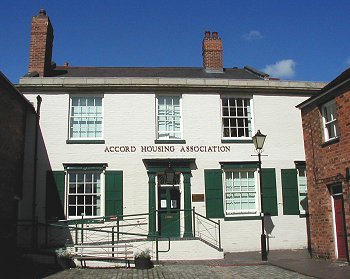
| The White Lion as
it is today. Meetings of the Local Board
were held in the old malthouse at the rear. |
|
In 1846 the old system of Vestry Government was
finally abandoned and a Board of Surveyors constituted.
The traditional supremacy of the church was not
completely ignored, as members of the Board were elected
by a show of hands at a Vestry meeting and the town's
accounts were also presented there. The members of the
Board were as follows:
| George
Jones - Chairman |
| David
Bowen |
John
Riley |
| William
Carter |
Samuel
Rubery |
| Charles
Green |
Samuel
Smith |
| Samuel
Mills |
|
|
|
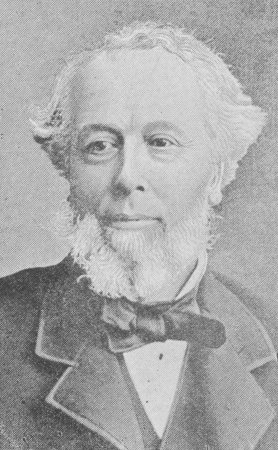
Samuel Rubery. |
|

Samuel Mills. |
| George Jones was succeeded as Chairman by Samuel
Rubery who in turn was succeeded by Samuel Mills. In
1858 John Harper became the elected Collector of Highway
Rates & Secretary of the Board at a salary of five
percent of the rates collected, and Joseph Horton became
Assistant Surveyor & Inspector of Nuisances & Lodging
Houses at a salary of £50. The Board's powers were
limited and meetings both infrequent and irregular, the
main business usually concerned the condition of roads
and buildings. From 1858 to 1869 a Board of Lighting
Inspectors was elected to improve the gas street
lighting. In 1869 the Local Government Act of 1858 was
adopted and a Local Board formed in preference to the
unsatisfactory Board of Surveyors. Twenty members were
elected by the ratepayers and the candidates included
almost everyone of note in the town. The results of the
December 1869 election were as follows:
| George
Addenbrooke |
William Marshall |
| G. P.
Butler |
Richard Mills |
| A.
Carter |
C. Moore |
|
William Corbett |
G. Perry |
| C.
Green |
M. Read |
| G.
Green |
Samuel Rubery |
| Job
Green |
James Slater |
|
William Harper |
Samuel Slater |
| Enoch
Horton |
E. Wilkes |
| George
Humpage |
William Winn |
The first meeting was held on 15th February, 1870 in
the upper room of the old malthouse behind the White
Lion in King Street. The following people were elected
as officers:
| Chairman - Mr.
Samuel Rubery; Clerk - Mr. Thomas Brevitt;
Medical Officer of Health - Mr. Samuel
Partridge. |
| Public Toilets
The Victorians gave us many public
amenities, including public toilets
and public parks, which were once
taken for granted. In the latter
part of 1875 the Local Board decided
that the town should have its first
public toilets in the form of two
cast-iron urinals. An Order was
placed with Walter Macfarlane &
Company of Glasgow for a double
circular urinal with a lamp, to be
erected at the Bull Stake, and a
singular circular urinal to be
erected at Blockall.
|
As soon as
the local
ratepayers
discovered
the plans
for the Bull
Stake, the
following
petition was
raised:
We, the
undersigned
ratepayers
of Darlaston
and
residents of
Pinfold
Street, most
earnestly
and
respectfully
beg of you
not to erect
a urinal on
the Bull
Stake as we
think it not
at all
required,
would be a
glaringly
offensive
nuisance and
would spoil
the largest
and most
useful open
space in the
town.
Your most
obedient
servants |
|
|
| There were 65 signatures and
so the petition was considered
at a special meeting of the
Local Board on the 25th January,
1876. It was decided that the
urinal would not be erected at
the Bull Stake, but in April it
was built on the corner of King
Street and Victoria Road (then
Pardoe's Lane). There was an
immediate outcry, but the urinal
stayed there until 1902 when it
was moved to Victoria Park and
discretely hidden behind a clump
of trees. The urinal at Blockall
was erected as planned.
The urinal in Victoria Park
and the one at Blockall,
remained in position until they
were badly affected by rust and
had to be demolished.
Public toilets were later
built on the corner of Crescent
Road and Walsall Road, next to
the railway embankment.
They were eventually replaced
by the ones below, which
survived until the town centre
was redeveloped to make way for
the current ASDA store. |
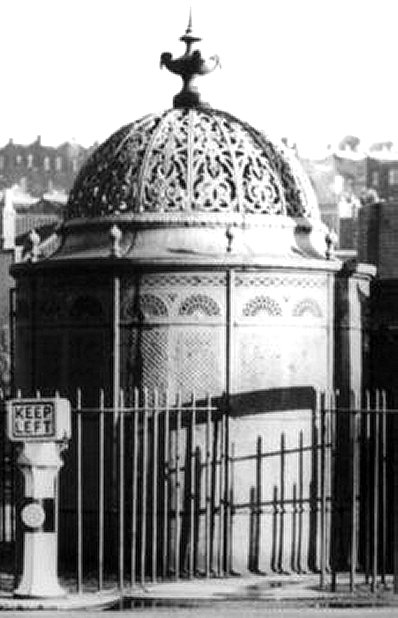
An example
of a Macfarlane urinal. |
 |
The last
council public toilets in Darlaston, off
King Street.
From the
collection of the late Howard Madeley. |
|
Mr. Samuel Partridge,
Medical Officer of Health.
From Hackwood's "A History of Darlaston",
1887. |
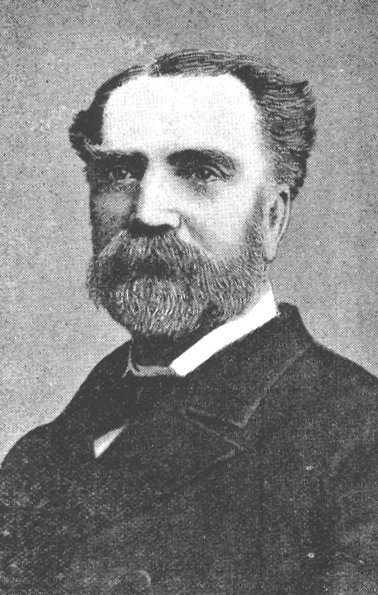 |
By 1870 the population had increased to 14,724 and
the high death rate in the area (25.6 per 1,000)
gradually reduced over the next few years, falling to
20.84 per 1,000 in 1886. During the smallpox epidemic of
1882 the Local Board rented a large house for use as an
isolation hospital.
The members of the Board in 1880 were as follows:
|
| James Slater. |
Chairman. A
solicitor with offices in Walsall Road. |
|
James Belcher.
|
Auctioneer, valuer, surveyor in Pinfold
Street |
|
Charles Bishop.
|
Ran a
clothes shop in Church Street. |
|
George Blackham.
|
Grocer
in Church Street. |
|
William Corbett.
|
Publican - Union Inn, Pinfold Street. |
|
Joseph Cotterel.
|
Developed coal pits, lived in Bell Street. |
|
David Etchells.
|
Factory owner - Bull Piece Works. |
|
Charles Green.
|
Maltster, Church Street. |
|
James Harper. |
|
|
Enoch Horton.
|
Ran
Horton & Sons, Alma Works. Nuts & Bolts. |
|
George Humpage.
|
Shopkeeper, Catherine's Cross. |
|
Moses Huskison.
|
Builder, lived in Bull Street. |
|
James Rose.
|
J. &
R. Rose, Willenhall Street. Made coach
bolts. |
|
John Shingleton.
|
Publican, The Green. |
|
William Simkin.
|
Clerk
to Slater & Co. solicitors. |
|
John Simpson.
|
|
|
William Winn.
|
Grocer, wine & spirit merchant. Pinfold
Street & Church Street. |
|
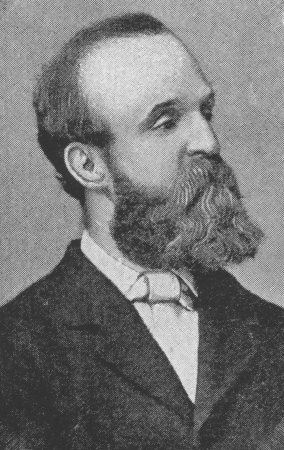
James Slater. |
|
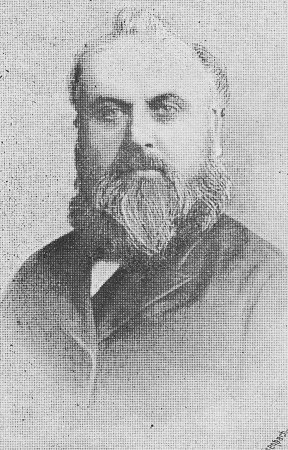
James Belcher. |
|
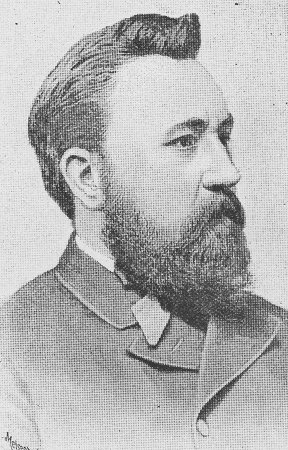
George Blackham. |
|
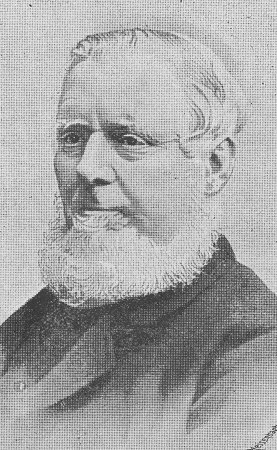
William Corbett. |
|
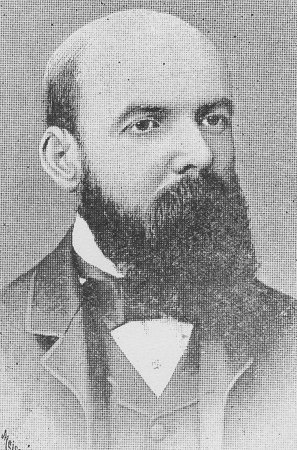
David Etchells. |
|
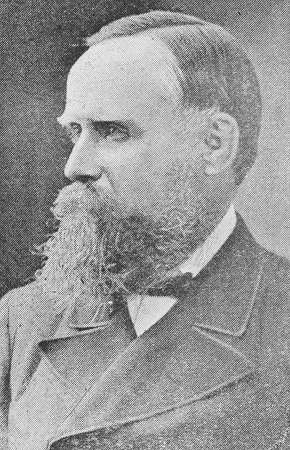
Enoch Horton. |
|

George Humpage. |
|
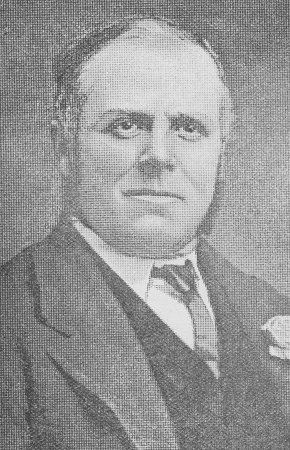
Moses Huskison. |
|
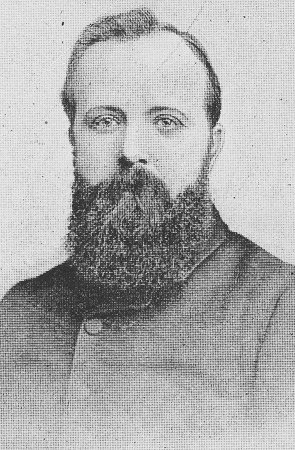
John Simpson. |
|
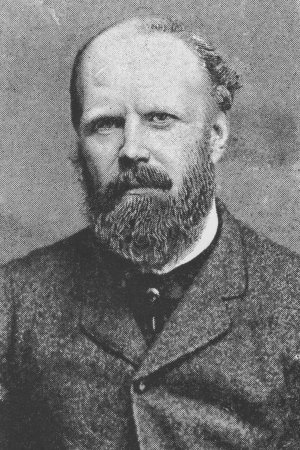
William Winn. |
The Local Board remained in charge of local affairs
until the Local Government Act was Passed in 1894 and as
a result Darlaston became an Urban District on 1st
January 1895 with an Urban District Council. Councillor
Joseph Yardley, J.P. was elected Chairman after serving
on the Local Board for 12 years. He was born in
Darlaston in 1848 and worked as a brewer.
Councillors and Council Officers in 1901:
|
Joseph Yardley - Chairman |
|
Vincent J. Magrane - Vice Chairman |
|
David Etchells |
Richard Reynolds |
|
Charles Foster |
Samuel P. Robinson |
|
Richard Garrington |
John Shingleton |
|
James Harper |
James Slater |
|
William Harrison |
Nathaniel Thomas |
|
Enoch Horton |
Samuel Vosper Thomas |
|
Thomas Orton |
Daniel Tyler |
|
A.H. Partridge |
George Wiley |
|
James Pritchard |
William Winn |
|
Joseph Corbett - Clerk |
|
Samuel Partridge - Medical Officer of
Health |
|
John Cash Joynson - Surveyor |
|
Joseph Hingley - Sanitary Inspector |
|
Daniel Kimberley - Collector |
|
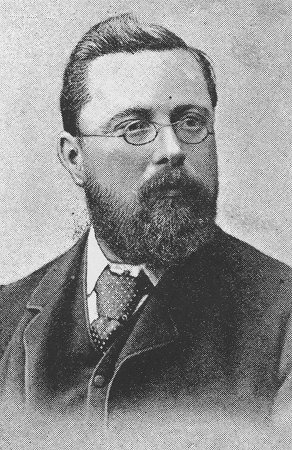
Joseph Corbett. |
|
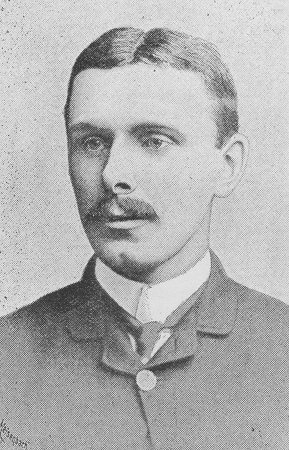
Dr. Vincent J.
Magrane. |
|
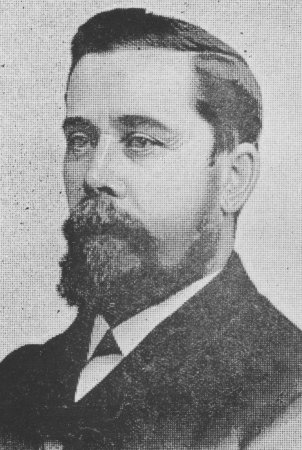
G. P. Butler. |
|

Joseph Yardley. |
In 1909 the Councillors and Council
Officers were as follows:
| Chairman
- Councillor Joseph Yardley, J.P.,C.C. |
| Vice
Chairman - Councillor Dr. V. J.
Magrane |
| Councillors: |
A. Baggott, J.
Bass, C. Foster, Geo. Griffiths, H.
Hemmings, Albert E. Horton, J.P.,
T. Mayer, G. Mentz, Tolley, R. J.
Oliver, A. H. Partridge, J.P., S. P.
Robinson,
J. G. Rose, J. T. Rubery, J. P., Dr. W.
H. Smith, George Wiley, W. Winn. |
| Council
Officers: |
|
Clerk
|
Mr. Joseph Corbett,
Solicitor |
|
Assistant |
Mr. W. J. Carter |
|
Treasurer |
Mr. J. A. Robinson, Lloyds
Bank, Church Street |
|
Medical Officer of Health |
Dr. Sydney Partridge, Croft
House, Darlaston |
|
Surveyor |
Mr. John Cash Joynson |
|
Inspector of Nuisances |
Mr. Robert Austin |
|
Collector |
Mr. Daniel Kimberley |
|
Board
of Guardians |
J.
Yardley, C. Foster, W. Winn,
Mrs. James Slater |
|
Overseers |
D.
Etchells, J. G. Rose |
|
Relieving Officer |
Mr. Enoch Bruerton, Office,
Pinfold Street |
|
Poor
Rate Collector |
Mr. Arthur D. Belcher,
Office, Pinfold Street |
|
Registrar of Births and
Deaths |
Miss A. Wilkes, Church
Street |
|
Meetings were held
on the first Tuesday in each month at 6 p.m.
In 1916 the
Members of Darlaston Urban District Council were as
follows:
| Catherines
Cross Ward, No. 1. Number of Electors
982 |
| Lockhart Lowe |
| Ezra Genders |
| Archibald
Slater |
| Job Wilkes
Yardley |
| Nathan Horton |
| |
| Central
Ward, No. 2. Number of Electors 698 |
| Green Job |
| Henry Hemming |
| George
Griffiths |
| Alfred Henry
Partridge |
| Joseph
Yardley. (Chairman) |
| |
| The Green
Ward No. 3. Number of Electors 914 |
| Charles Foster |
| John Pritchard |
| George Lucas |
| John Tunner
Rubery |
| John
Whitehouse, jun. |
| |
| All Saints
Ward, No. 4. Number of Electors 961 |
| Richard Bayley |
| James Paul
Price |
| William Henry
Bostock |
| John George
Rose |
| Richard Astley
Tench (Vice Chairman) |
| Council
Officials |
|
Clerk |
Joseph Corbett |
|
Surveyor |
J.
Cash Joynson |
General District Rate
Collector & Accounts Clerk |
W. J.
Carter |
|
Medical Officer of Health |
Dr. V. J. Magrane |
|
Sanitary Inspector |
Joseph S. Barker |
|
Treasurer |
J.
A. Robinson |
|
Librarian |
M.
Whitehouse |
|
Hall
Keeper |
T.
W. Simpson |
|
Engineer, Outfall Works |
T.
Morrell |
|
Cemetery Keeper |
C.
Cotterell |
|
Relieving Officer |
Mr. Enoch Bruerton, Pinfold
Street |
|
Overseers of the Poor |
Mr. David Etchells, and
Councillor J. G. Rose |
Assistant Overseer and
Collector
of the Poor Rate |
Mr. A.
D. Belcher |
|
Registrar of Births and
Deaths |
Miss A. Wilkes, Church
Street |
|
:Meetings were
held on the first Tuesday in the month.
|
 |
 |
 |
Return to
Industries |
Return to
Contents |
Proceed to
A New Town Hall |
|